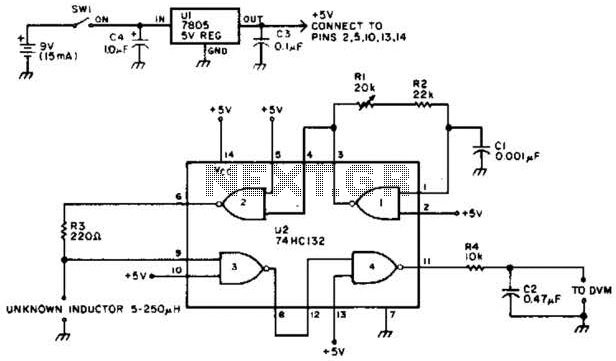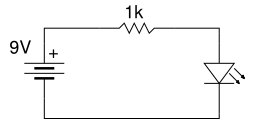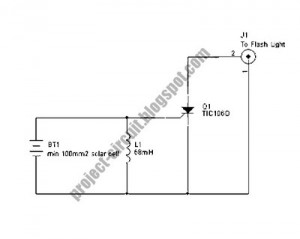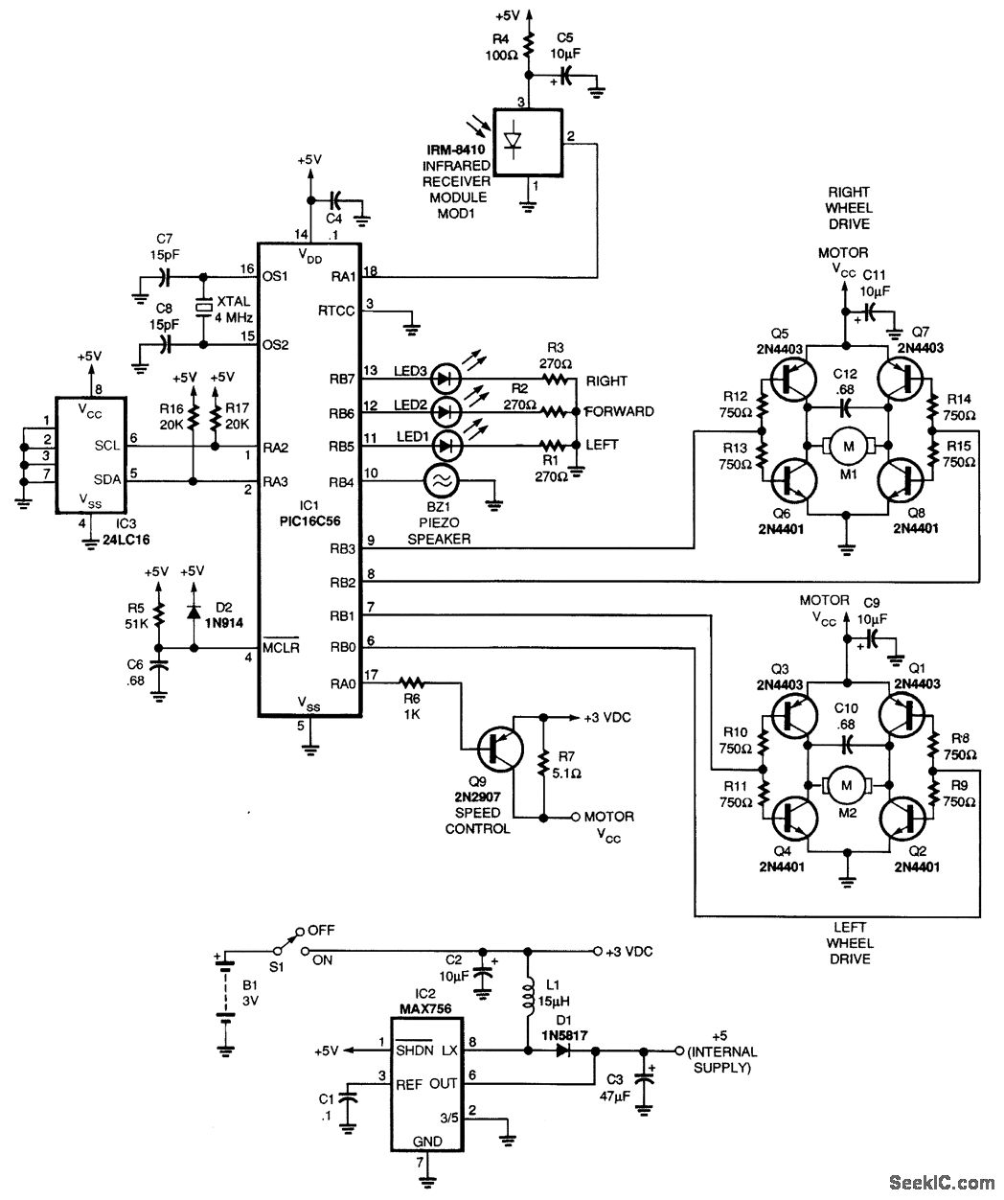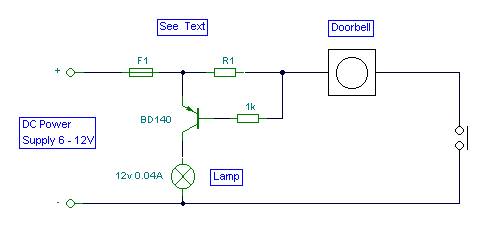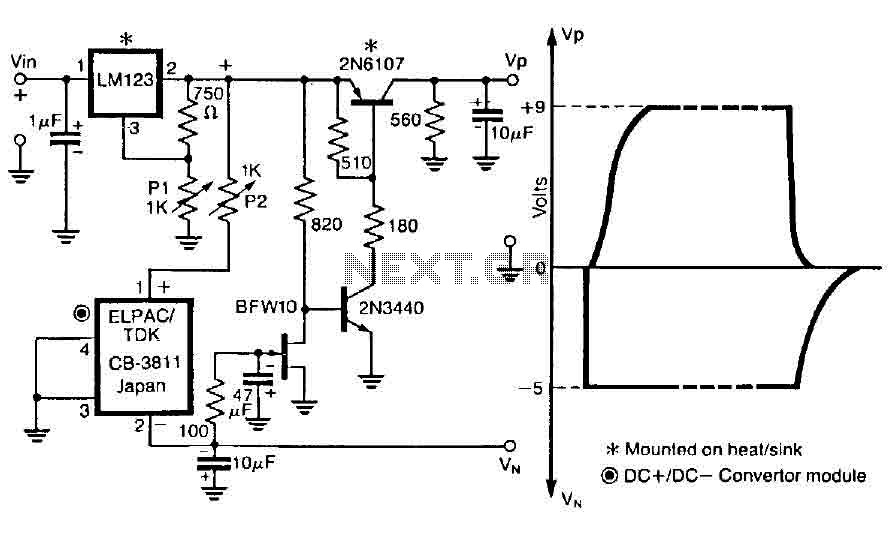
Sequential timing control circuit diagram
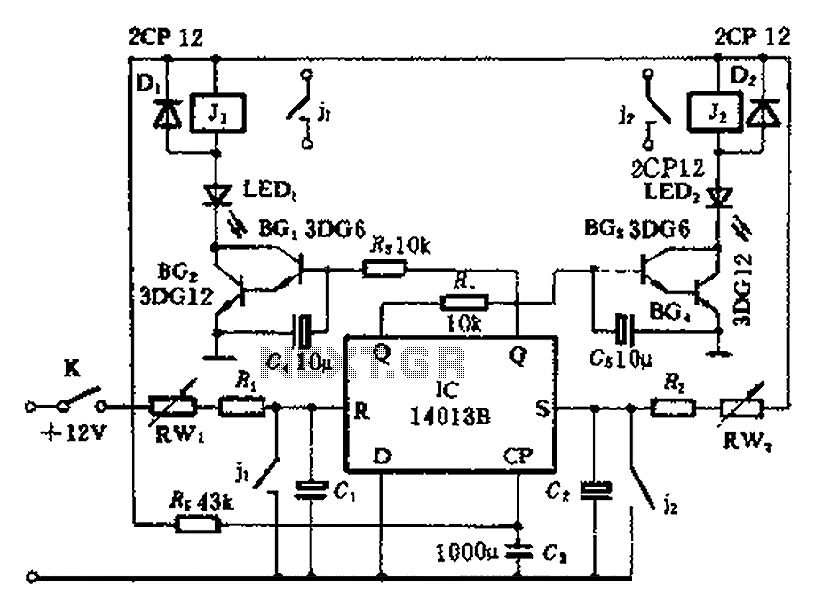
The timing control circuit is a sequential circuit that allows for sequential timed control of two switches. The control time can be adjusted from a few seconds to several tens of seconds. If mechanical control is applied for reciprocating movement, it can enable the motor to run forward and reverse according to timing requirements.
The timing control circuit operates as a sequential logic system designed to manage the operation of two switches in a predetermined timed sequence. This circuit typically employs flip-flops or counters to generate the necessary timing intervals, allowing for precise control over the activation and deactivation of the switches. The adjustable timing feature is often realized through the use of variable resistors or capacitors, enabling users to set the desired time delay according to specific application needs.
In scenarios where mechanical control is required for reciprocating motion, the circuit can be configured to alternate the state of the switches, thereby controlling the direction of a motor. This functionality is particularly useful in applications such as automated machinery, where forward and reverse motion is needed for tasks such as material handling or assembly processes.
The circuit design may include additional components such as diodes for protection against back EMF generated by the motor, as well as transistors or relays to handle the current required to drive the motor. The integration of these components ensures reliable operation while safeguarding the circuit from potential damage due to inductive loads.
Overall, this timing control circuit provides a versatile solution for applications requiring timed control of mechanical systems, facilitating both forward and reverse motor operation in a controlled manner. As shown in the timing control circuit is a sequential circuit, the circuit can be carried out sequentially timed control of the two switches, control time can be adjusted from a few seconds to several tens fair share; if mechanical control for reciprocating movement of positive and negative, can be It causes the motor to run forward and reverse timing requirements.
The timing control circuit operates as a sequential logic system designed to manage the operation of two switches in a predetermined timed sequence. This circuit typically employs flip-flops or counters to generate the necessary timing intervals, allowing for precise control over the activation and deactivation of the switches. The adjustable timing feature is often realized through the use of variable resistors or capacitors, enabling users to set the desired time delay according to specific application needs.
In scenarios where mechanical control is required for reciprocating motion, the circuit can be configured to alternate the state of the switches, thereby controlling the direction of a motor. This functionality is particularly useful in applications such as automated machinery, where forward and reverse motion is needed for tasks such as material handling or assembly processes.
The circuit design may include additional components such as diodes for protection against back EMF generated by the motor, as well as transistors or relays to handle the current required to drive the motor. The integration of these components ensures reliable operation while safeguarding the circuit from potential damage due to inductive loads.
Overall, this timing control circuit provides a versatile solution for applications requiring timed control of mechanical systems, facilitating both forward and reverse motor operation in a controlled manner. As shown in the timing control circuit is a sequential circuit, the circuit can be carried out sequentially timed control of the two switches, control time can be adjusted from a few seconds to several tens fair share; if mechanical control for reciprocating movement of positive and negative, can be It causes the motor to run forward and reverse timing requirements.
